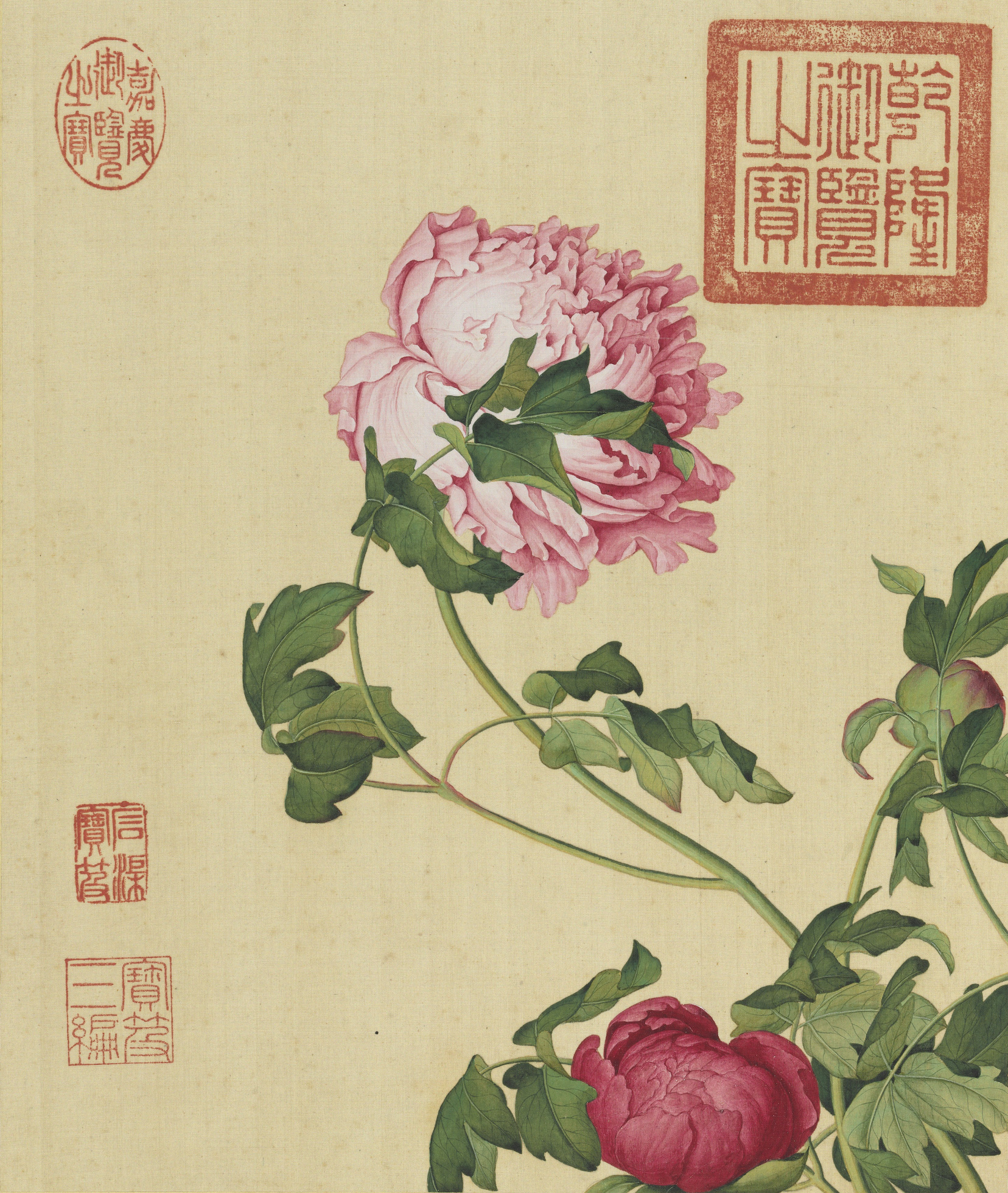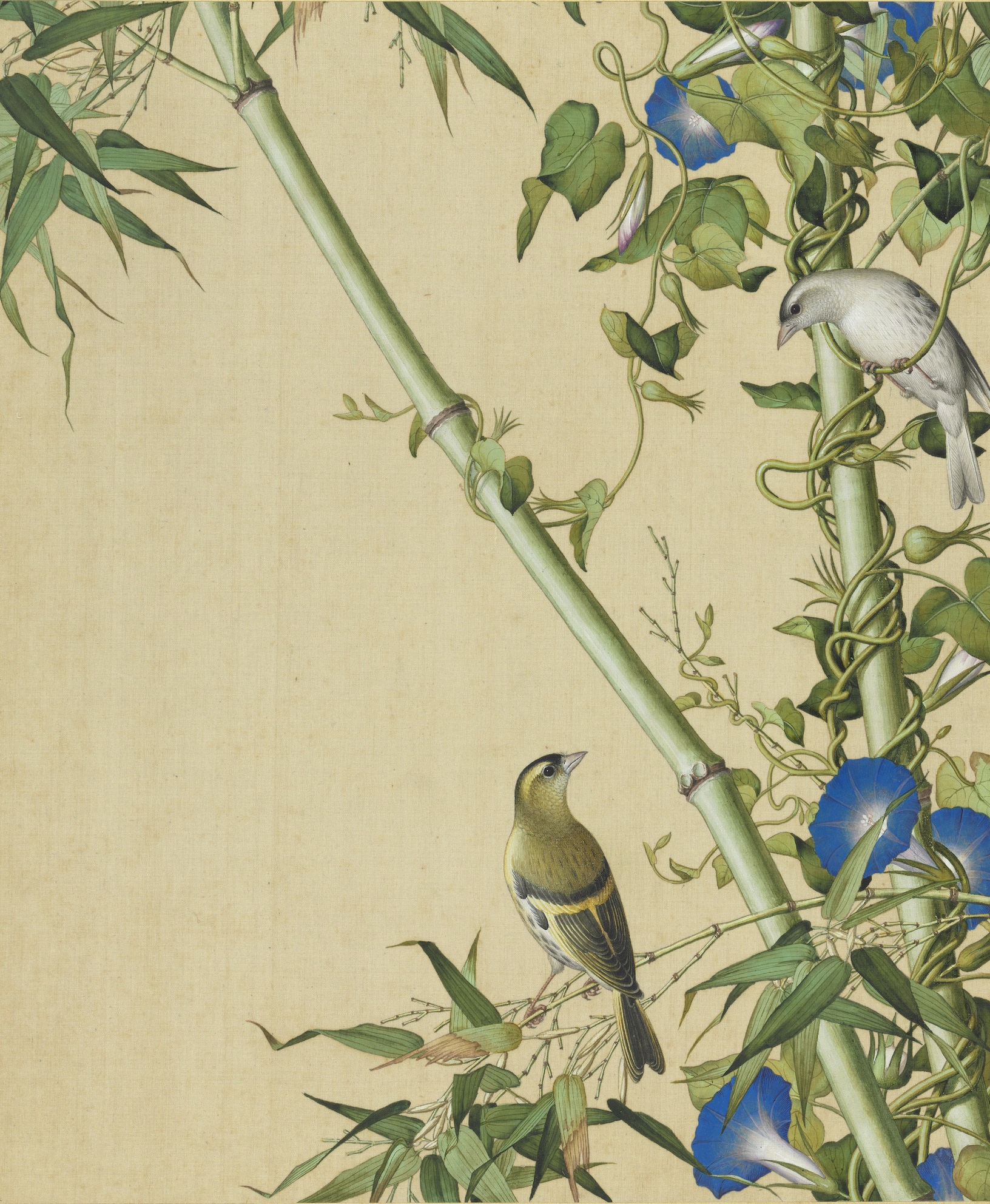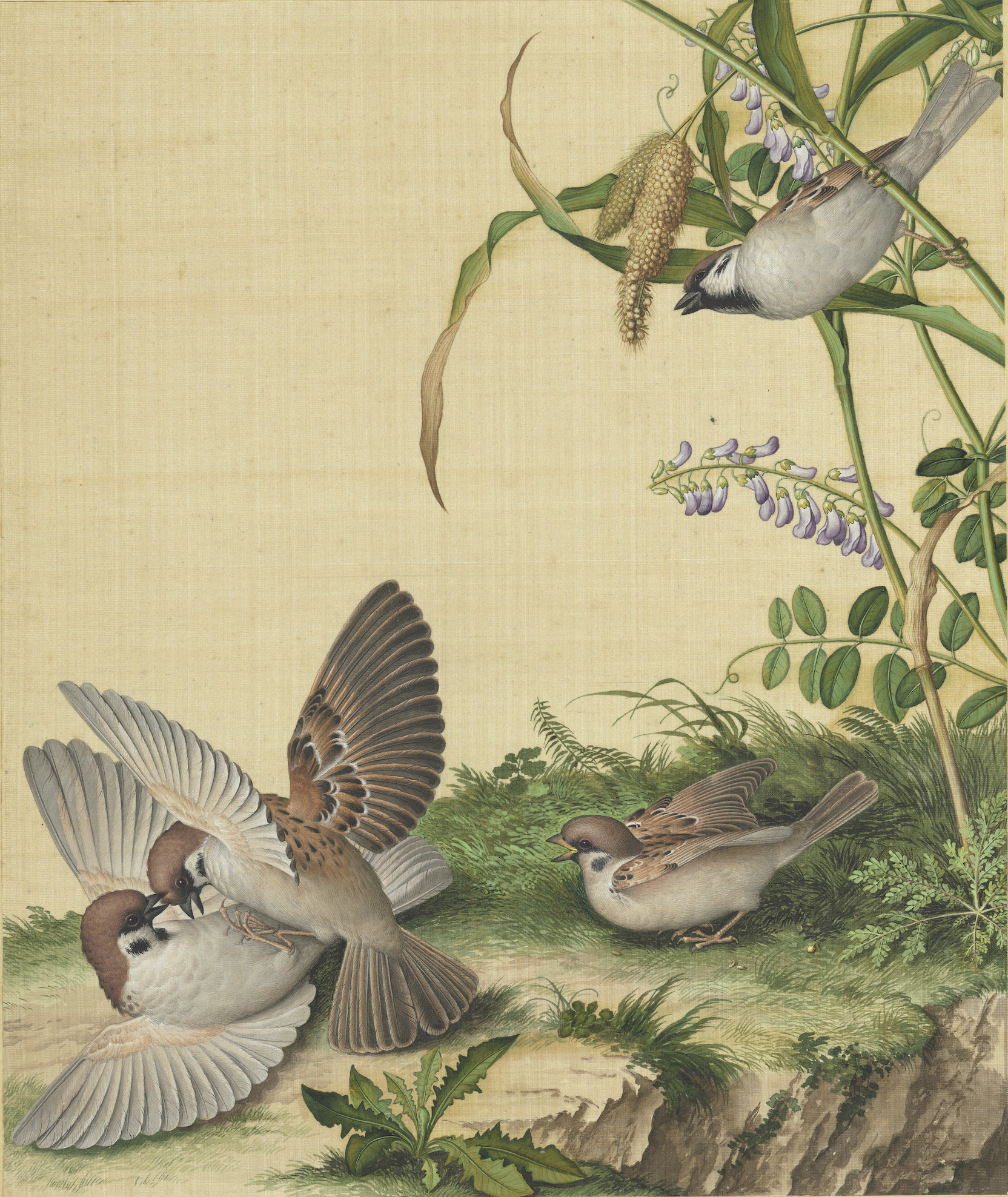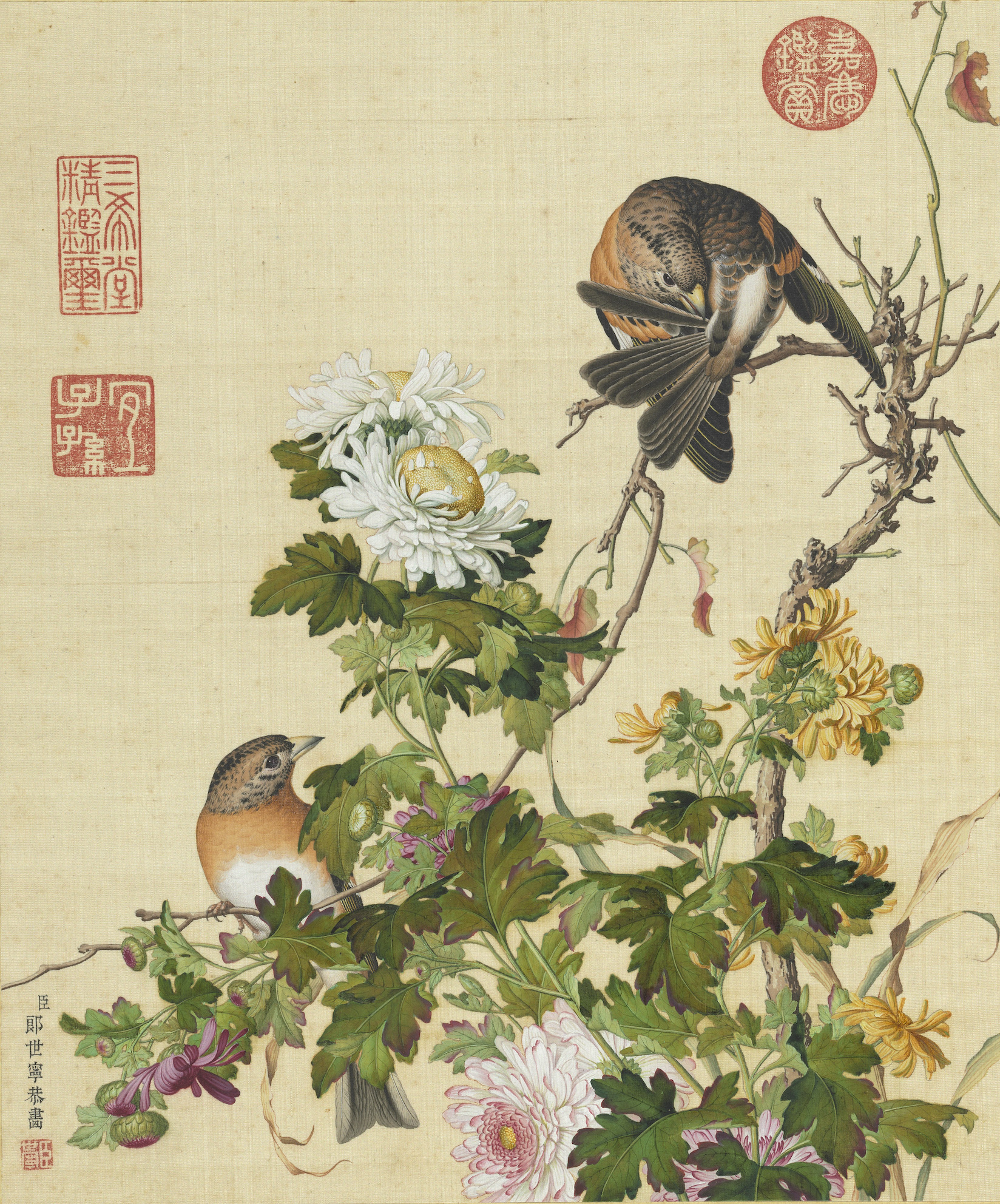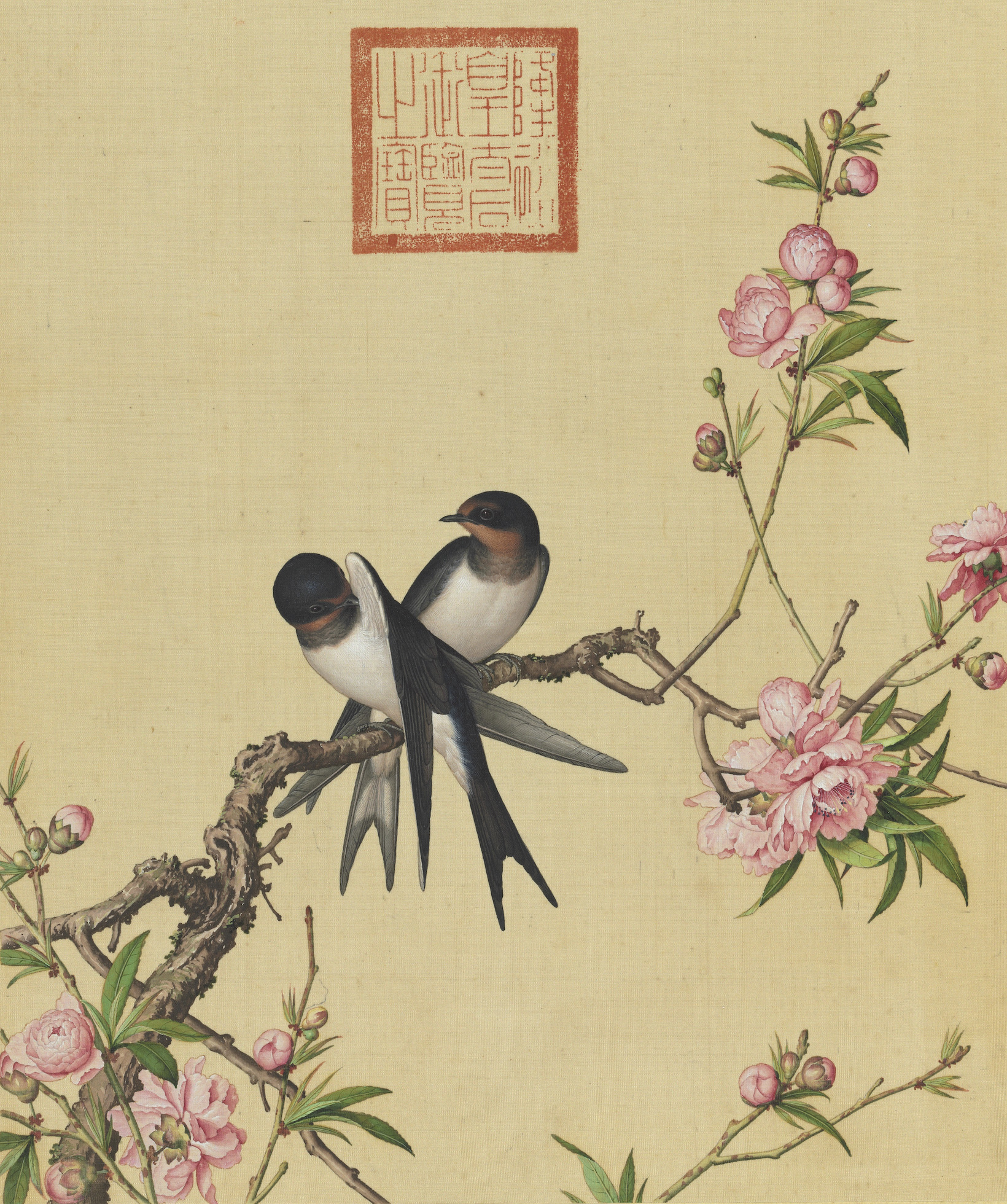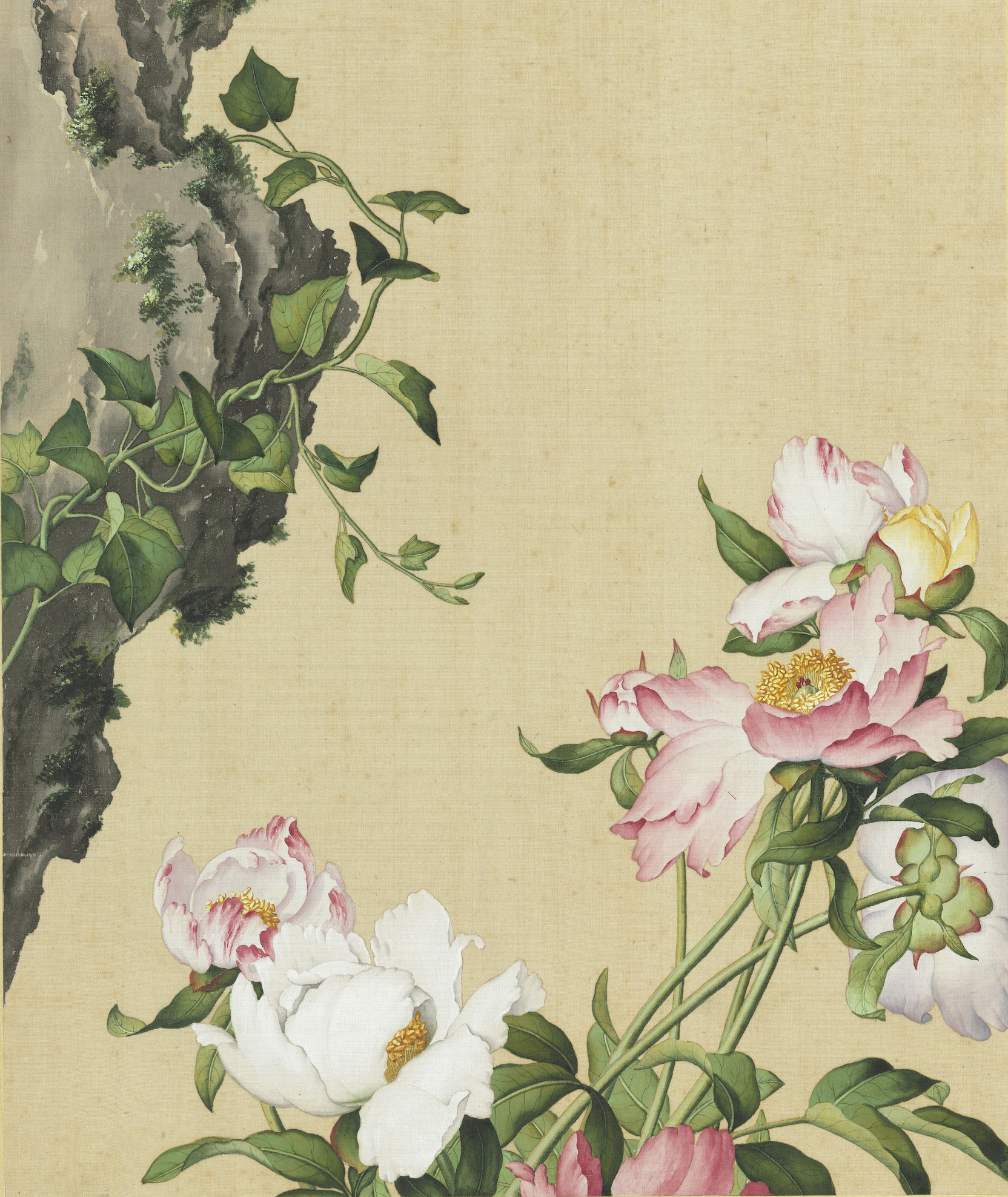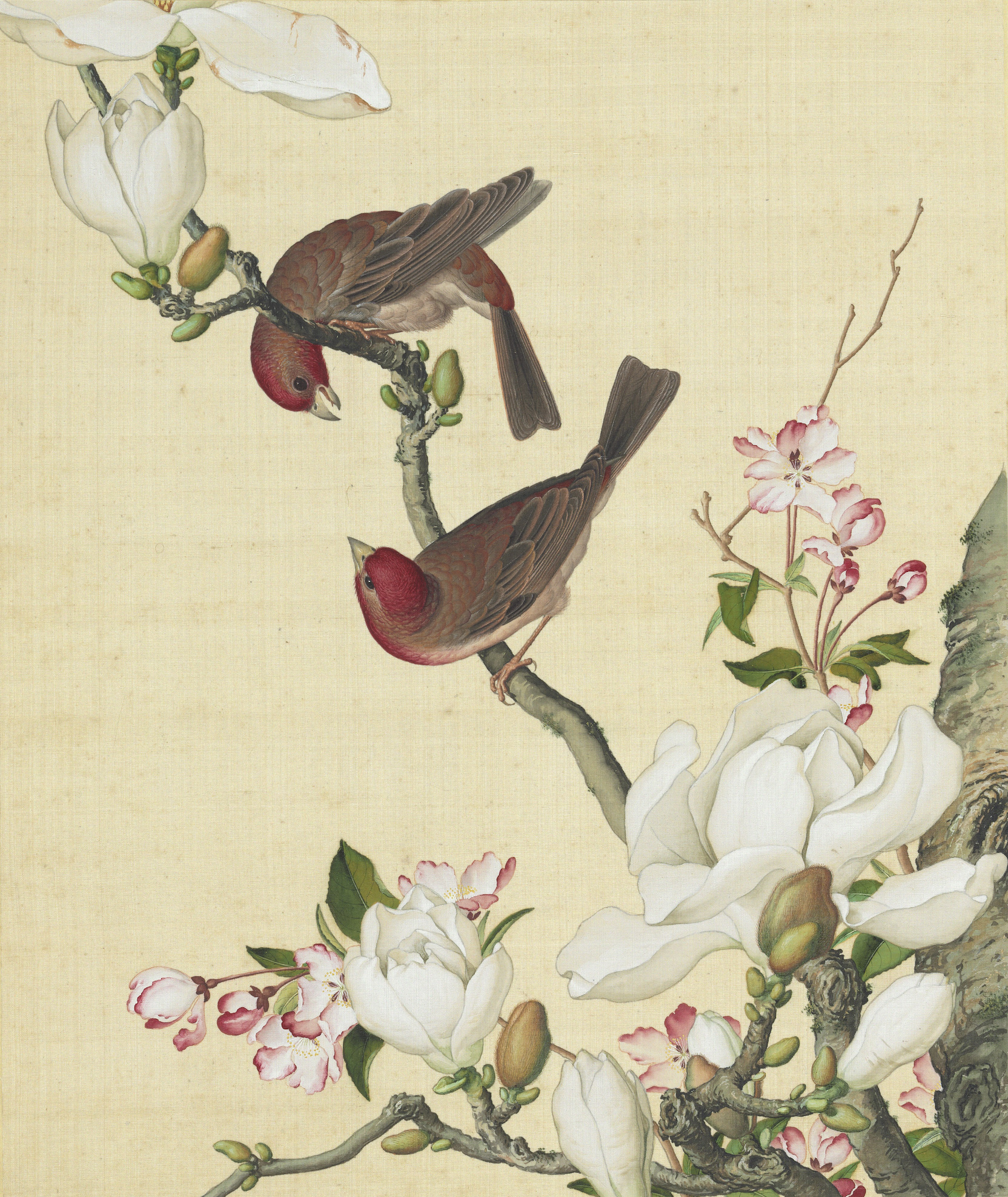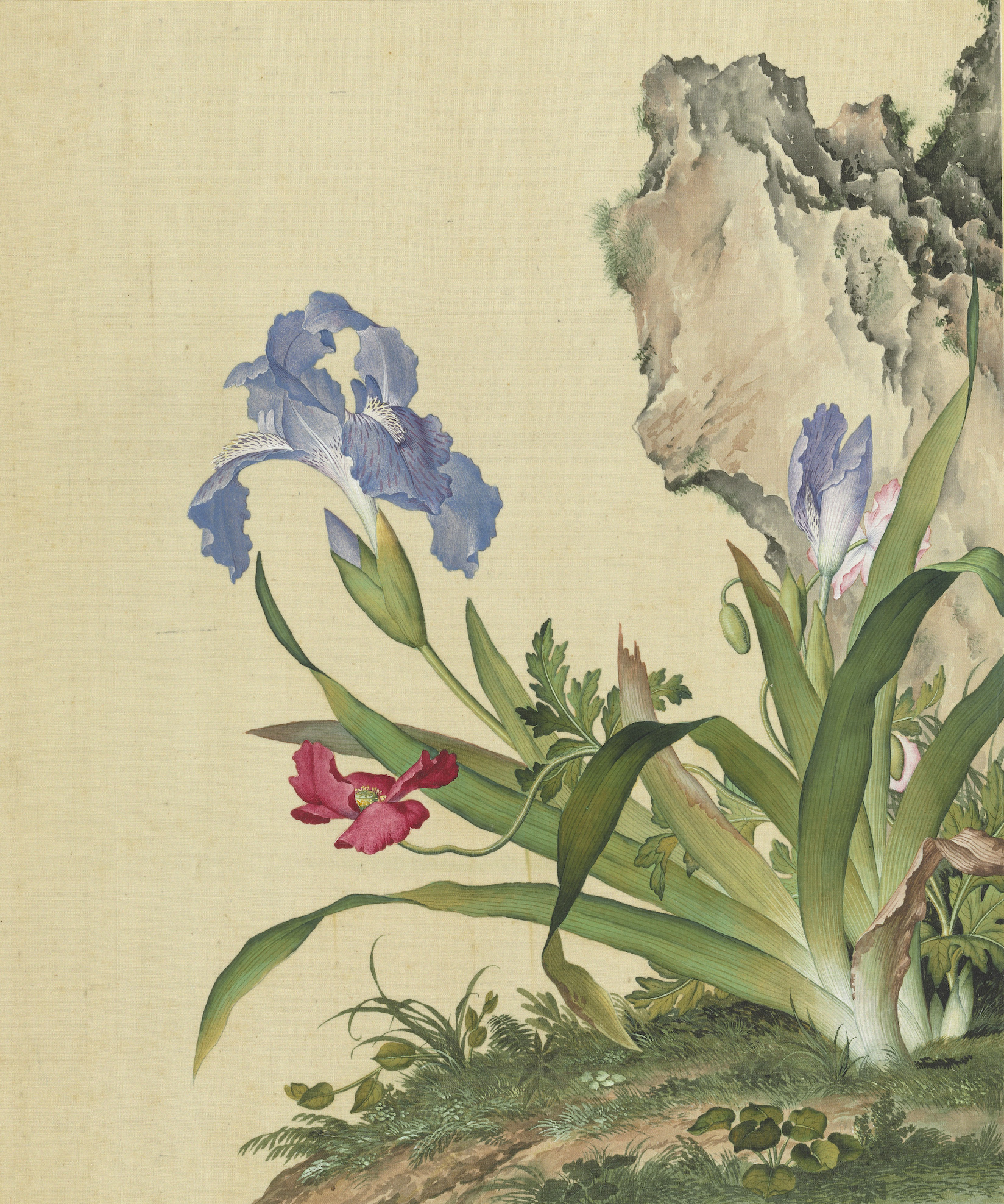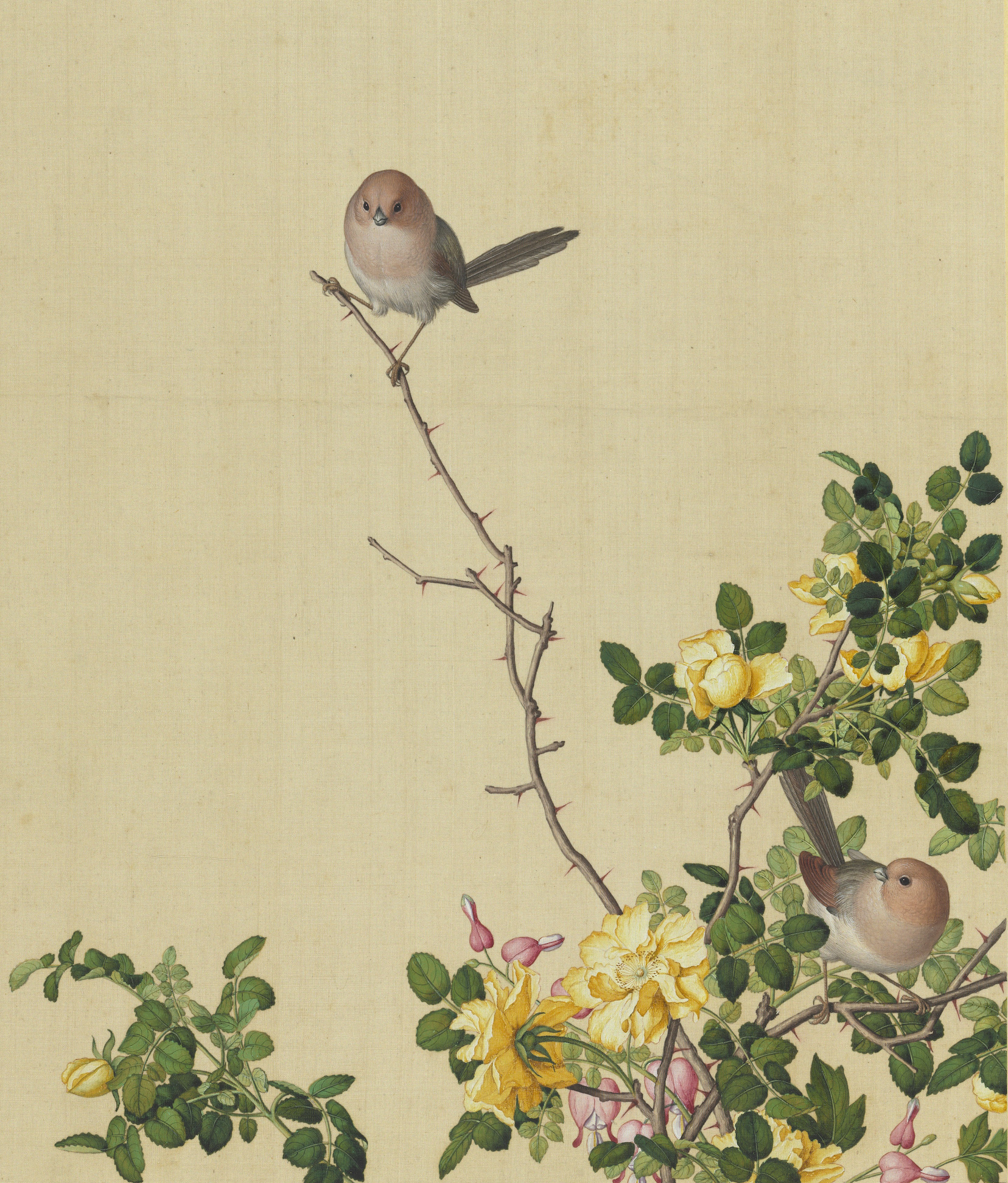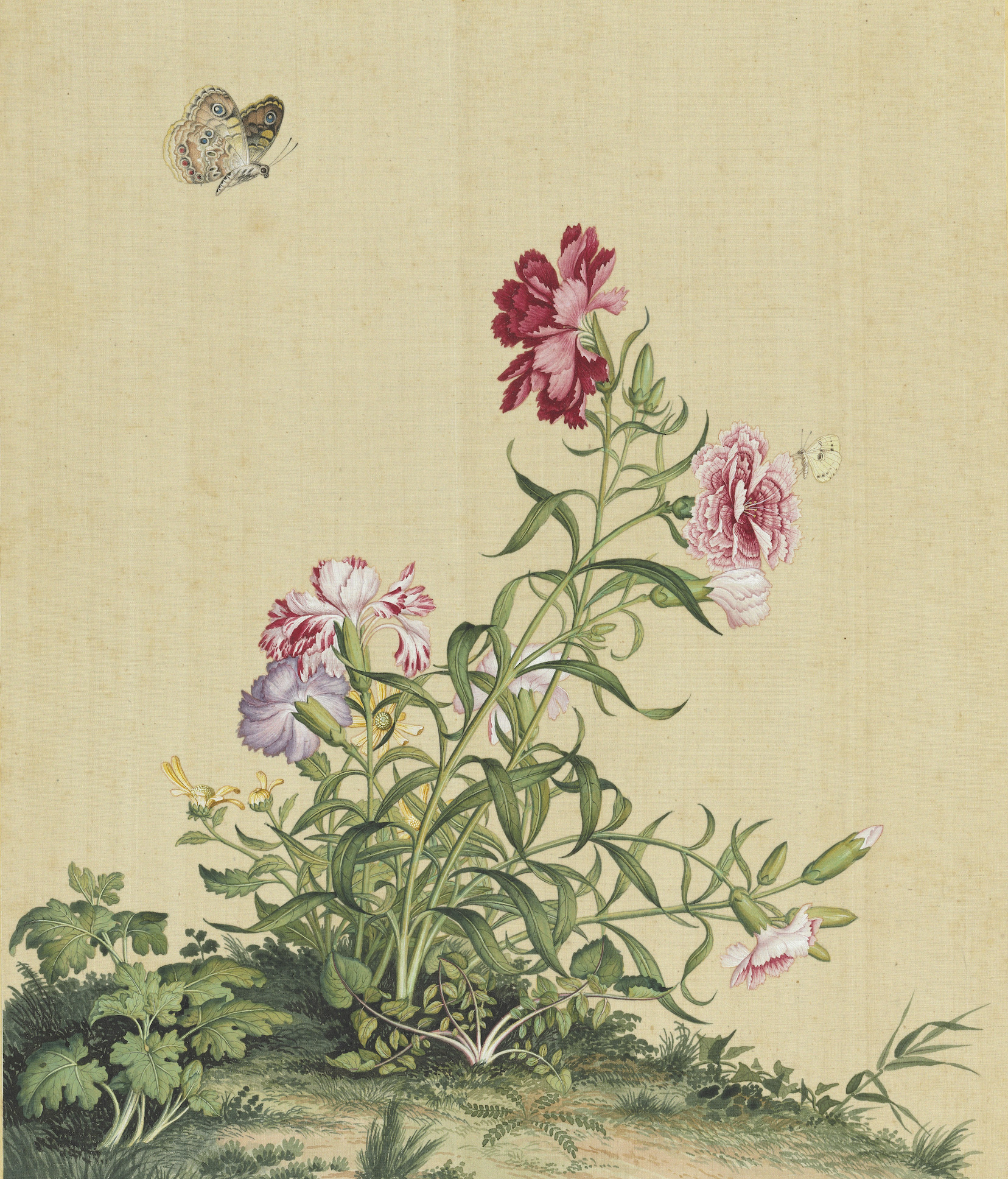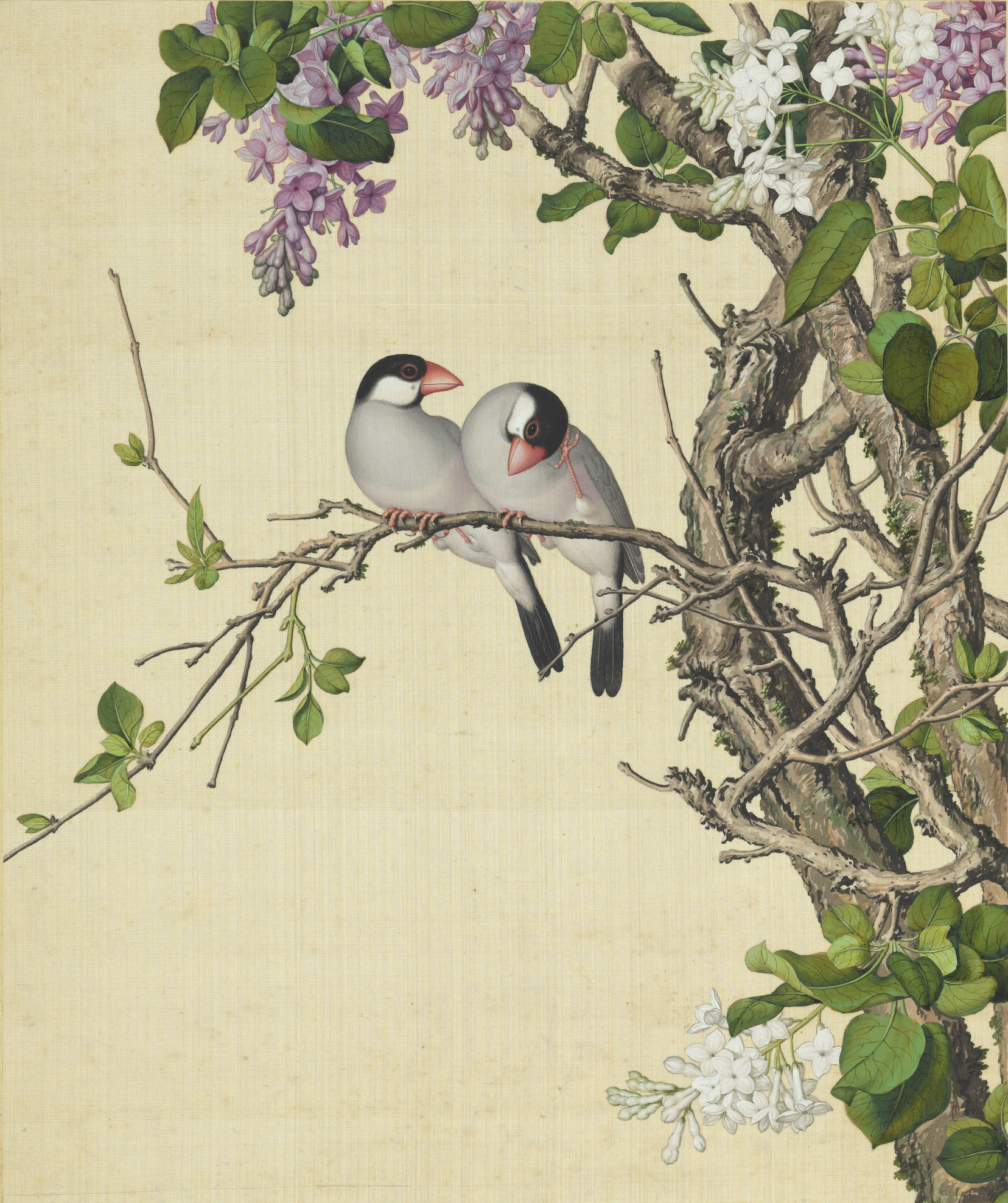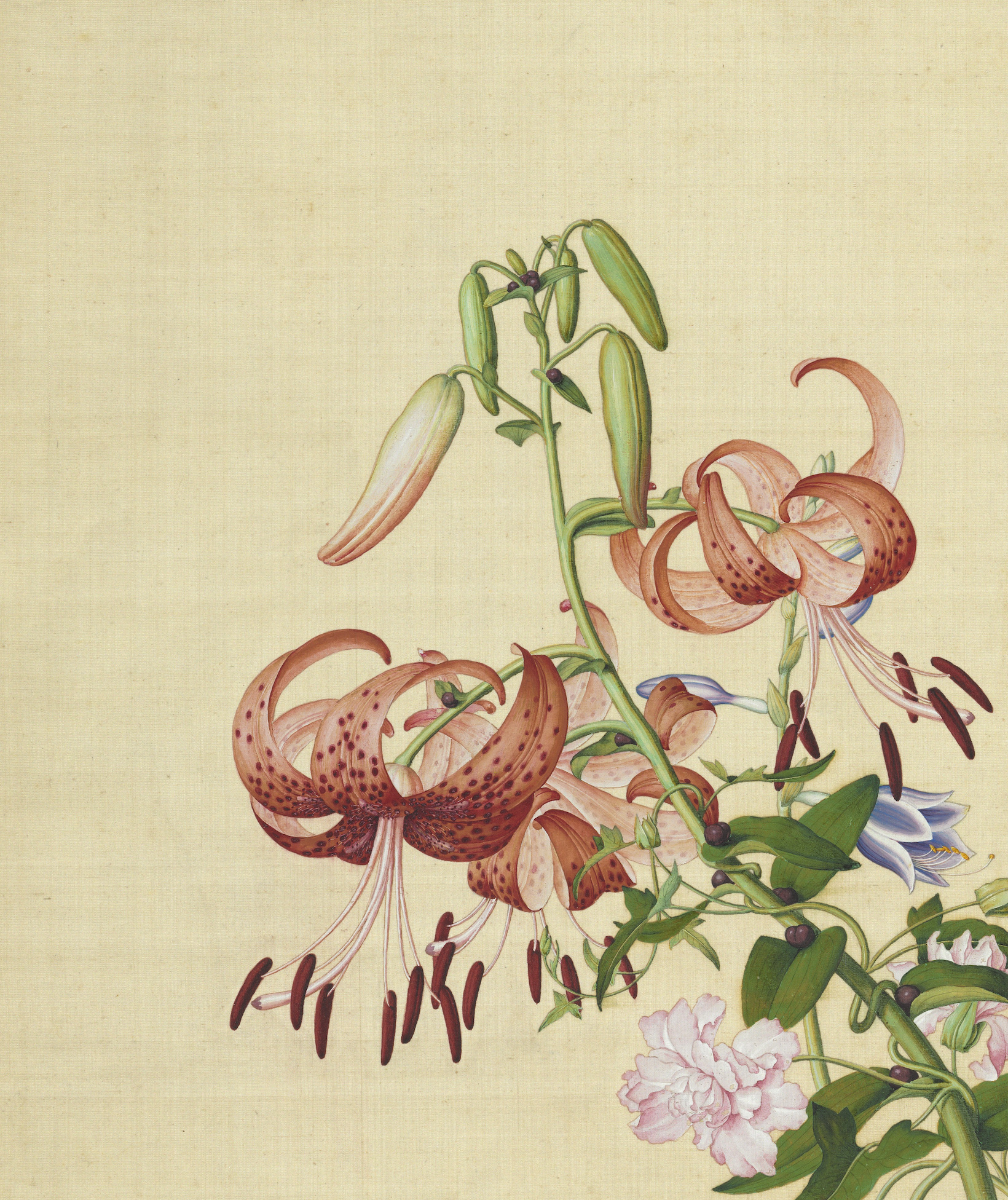A Tour of the Imperial Garden:The "Immortal Blossoms in an Everlasting Spring" New Media Art Installation
- Artist: The National Palace Museum, Vick Wang
Surrounding by the light columns feels like walking inside a blossoming back garden. This work consists of interspersed video columns made with LED light boxes and screens. The animating elements are inspired by Castiglione's Immortal Blossoms in an Everlasting Spring. The spacing of the columns evokes spatial depths from the viewer's standpoint while the videos on the columns' screens interconnect and move in the direction of the viewer, creating the sense of walking inside a painting. The front side of the work, viewed from a distance, appears to be a scene of a blossoming garden. Viewers are able to walk inside and enjoy the feeling of being surrounded by the flowers painted by Castiglione.
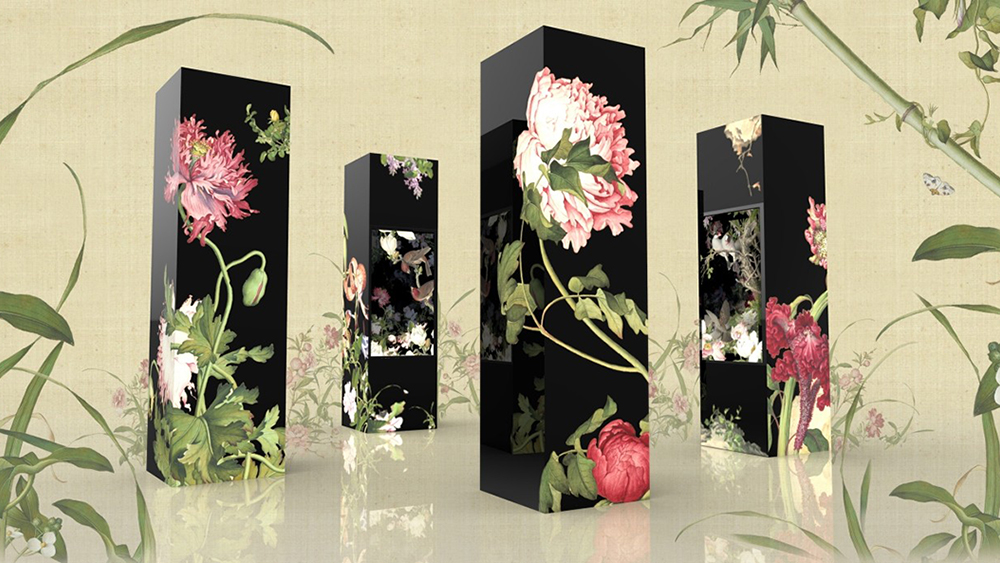
Original work of art
Immortal Blossoms in an Everlasting Spring by Giuseppe Castiglione
- Lang Shining (Giuseppe Castiglione, 1688-1766), Qing dynasty
- Album leaf, ink and colors on silk, 33.3 x 27.8 cm
This set of sixteen album leaves includes the following flowers, fruit, or plants: tree peony, peach blossom, herbaceous peony, flowering crab apple and magnolia, corn poppy and fringed iris, yellow prickly rose, carnation, cherry, poppy, purple and white lilacs, tiger lily and peony blossom, bamboo and morning glory, lotus and arrowhead, pea blossom and millet, cockscomb, and chrysanthemum. Eight of the leaves also include birds, the contents corresponding to a record of a painting entitled "Album of Flowers" by Giuseppe Castiglione in Third Edition of Treasured Boxes from the Stone Moat, one of the Qing court catalogues. The opposing leaves for each painting here are blank, the last one signed in "Song-script" as "Respectfully painted by Your Servitor, Lang Shining." Judging from the painting style, it would appear to be a masterpiece from the Yongzheng reign (1723-1735). Castiglione not only painted the sixteen leaves in this album with meticulous care and coloring, the compositions are also quite innovative. In particular, he was able to reach beyond the traditional portrayal of birds in Chinese painting to achieve fantastic results in Western perspective and shading as well. Many places in the depiction of the birds and flowers reveal touches of light and shadow, the artist showing adept skill at using white pigment to highlight bright areas. The style throughout again relates to Castiglione's early Yongzheng manner
The Making of "A Tour of the Imperial Garden": Immortal Blossoms in an Everlasting Spring Art Media Installation
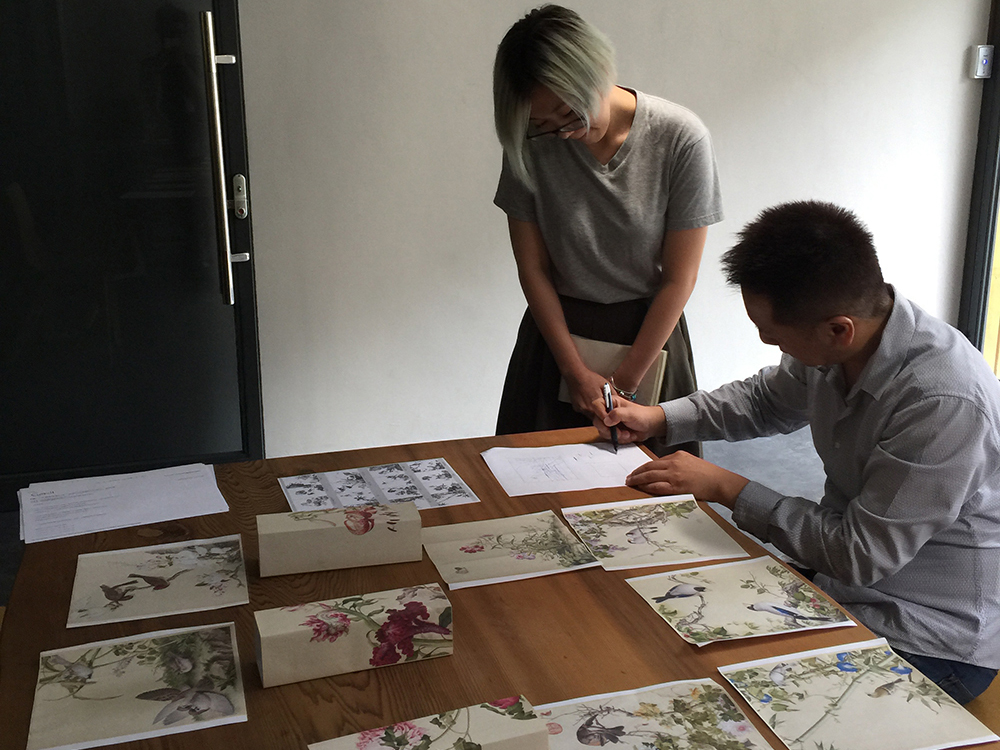 The Brainstorming Stage
Director Shiwei Wang selected Castiglione’s Immortal Blossoms in an Everlasting Spring and collaborated with the production team to begin writing the script.
The Brainstorming Stage
Director Shiwei Wang selected Castiglione’s Immortal Blossoms in an Everlasting Spring and collaborated with the production team to begin writing the script.
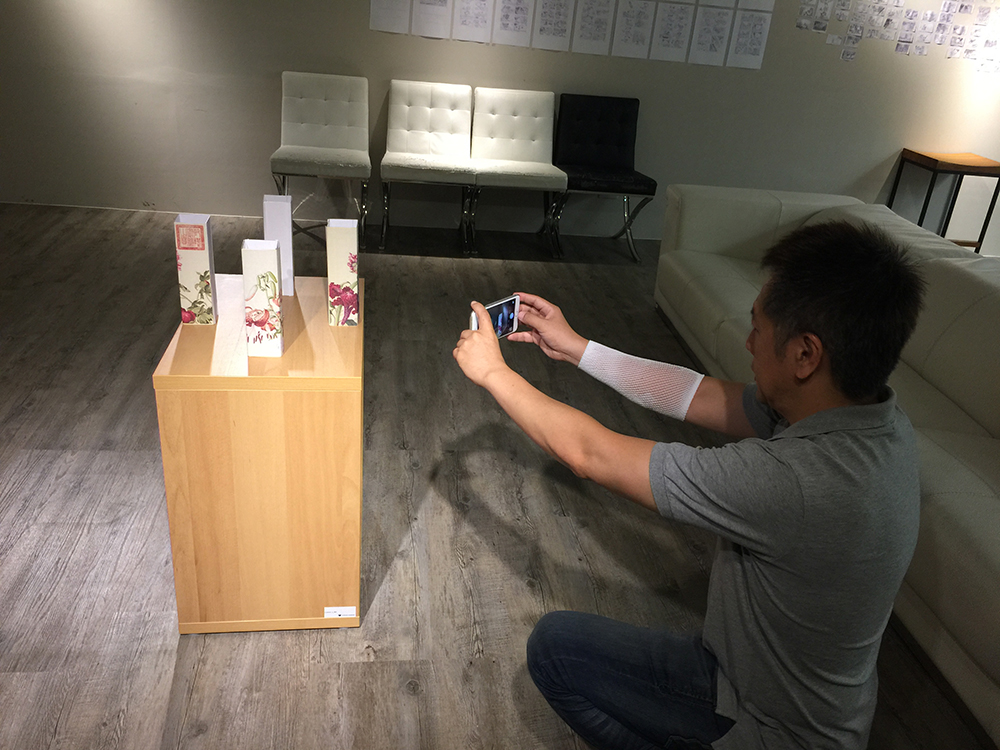 Model Making
The production team created the lamppost models of "A Tour of the Imperial Garden" to simulate lamppost position and proportion, taking care to ensure that the works will provide the best visual experience for viewers at the exhibition site.
Model Making
The production team created the lamppost models of "A Tour of the Imperial Garden" to simulate lamppost position and proportion, taking care to ensure that the works will provide the best visual experience for viewers at the exhibition site.
 Exterior 3D Simulation
The team refers to "A Tour of the Imperial Garden" lamppost models to create the 3D lamppost installation diagram and the high definition exterior diagram.
Exterior 3D Simulation
The team refers to "A Tour of the Imperial Garden" lamppost models to create the 3D lamppost installation diagram and the high definition exterior diagram.
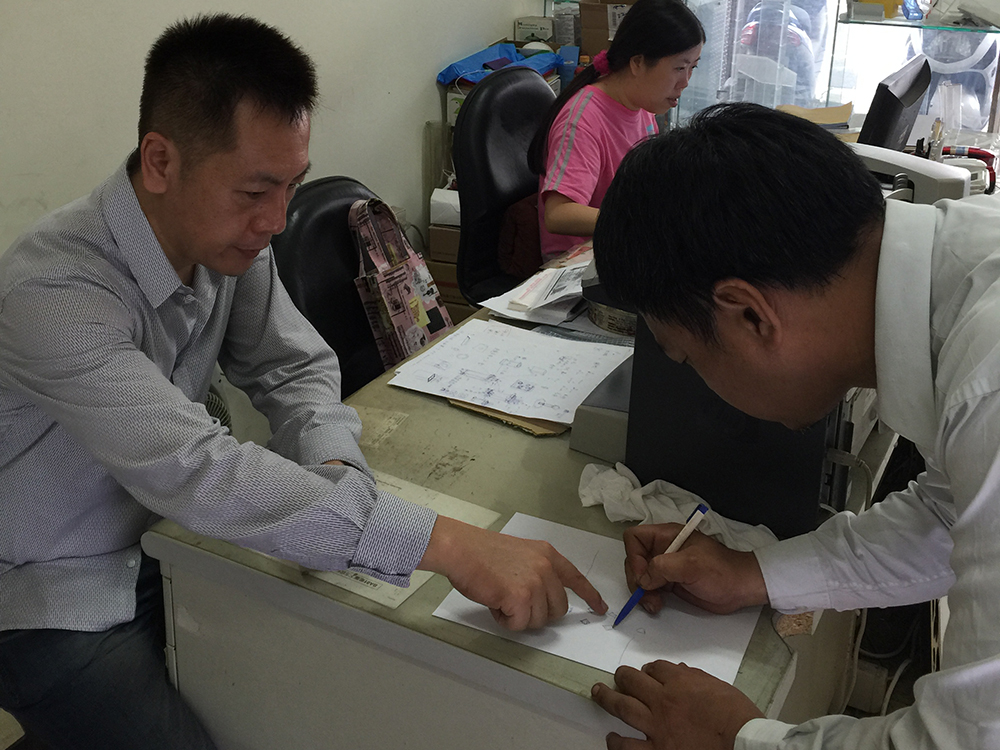 Director Shiwei Wang and the Italian exhibition design team discuss the design of "A Tour of the Imperial Garden" to be installed at the Basilica of the Holy Cross in Florence, Italy.
Director Shiwei Wang and the Italian exhibition design team discuss the design of "A Tour of the Imperial Garden" to be installed at the Basilica of the Holy Cross in Florence, Italy.
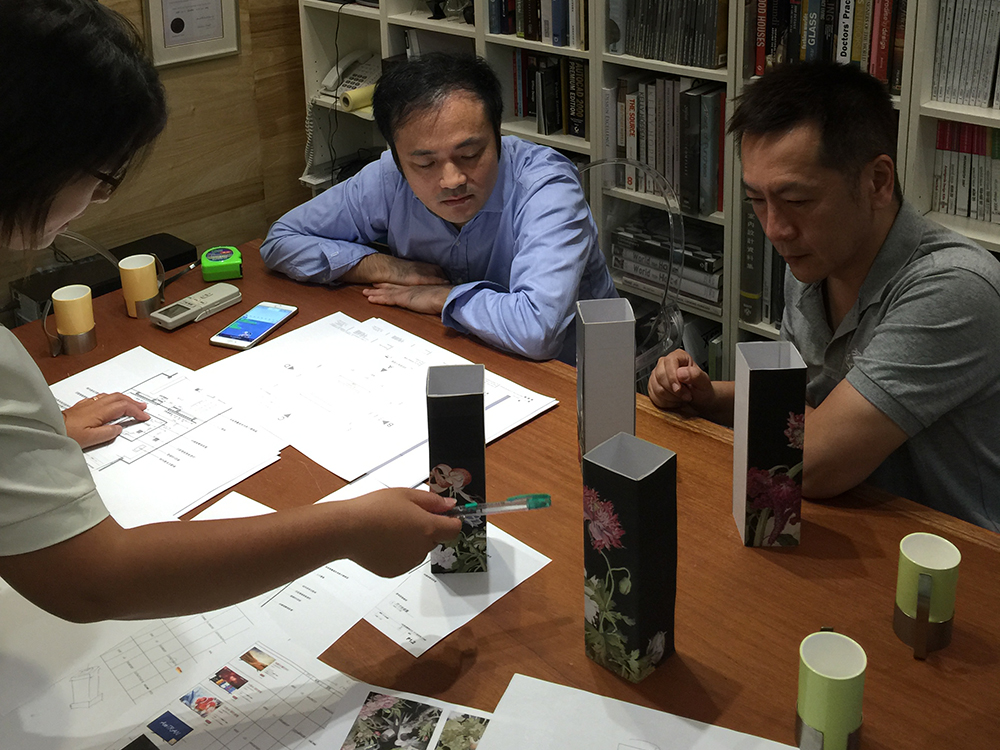 Director Shiwei Wang and staff from the design company for "A Tour of the Imperial Garden" discuss the hardware composition and production process.
Director Shiwei Wang and staff from the design company for "A Tour of the Imperial Garden" discuss the hardware composition and production process.
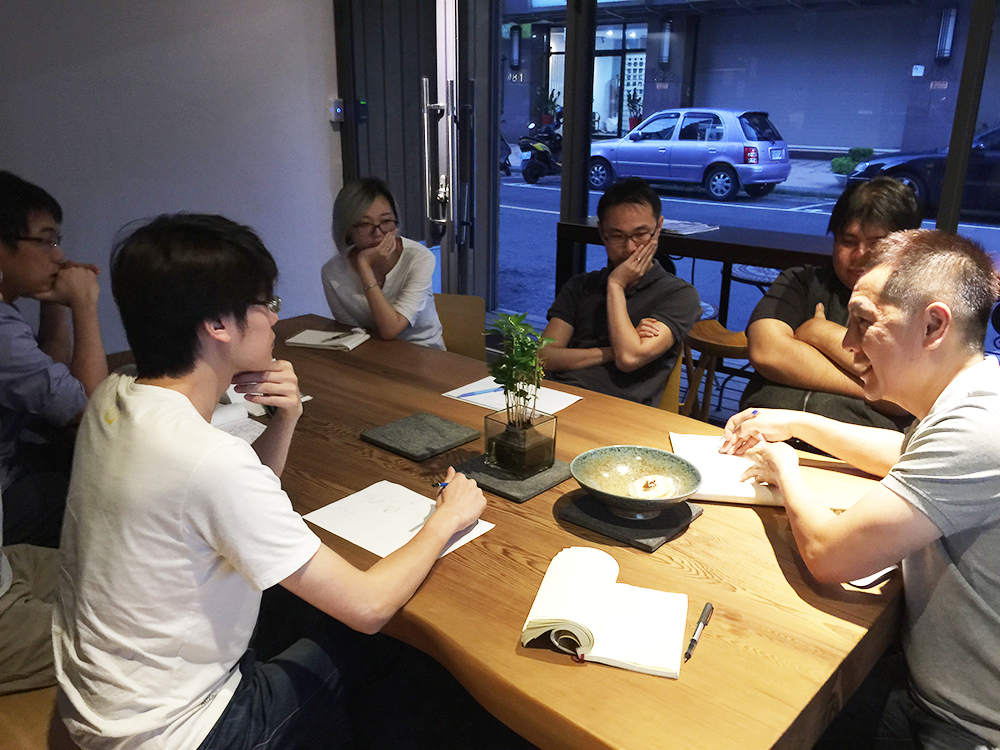
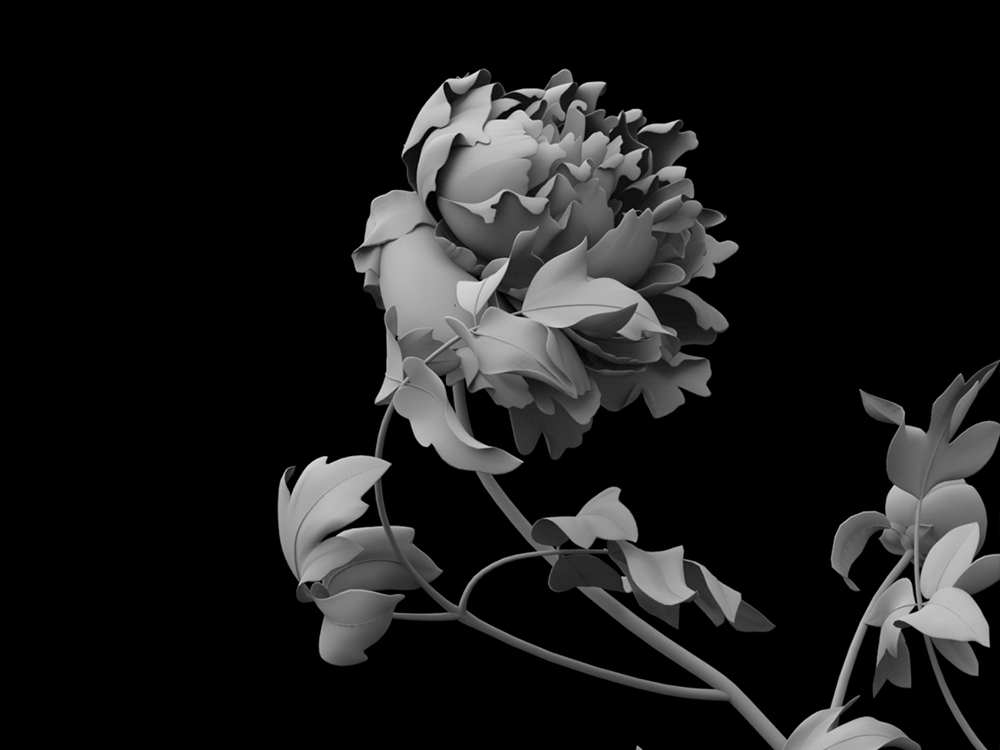 Animated flower mold production.
Animated flower mold production.
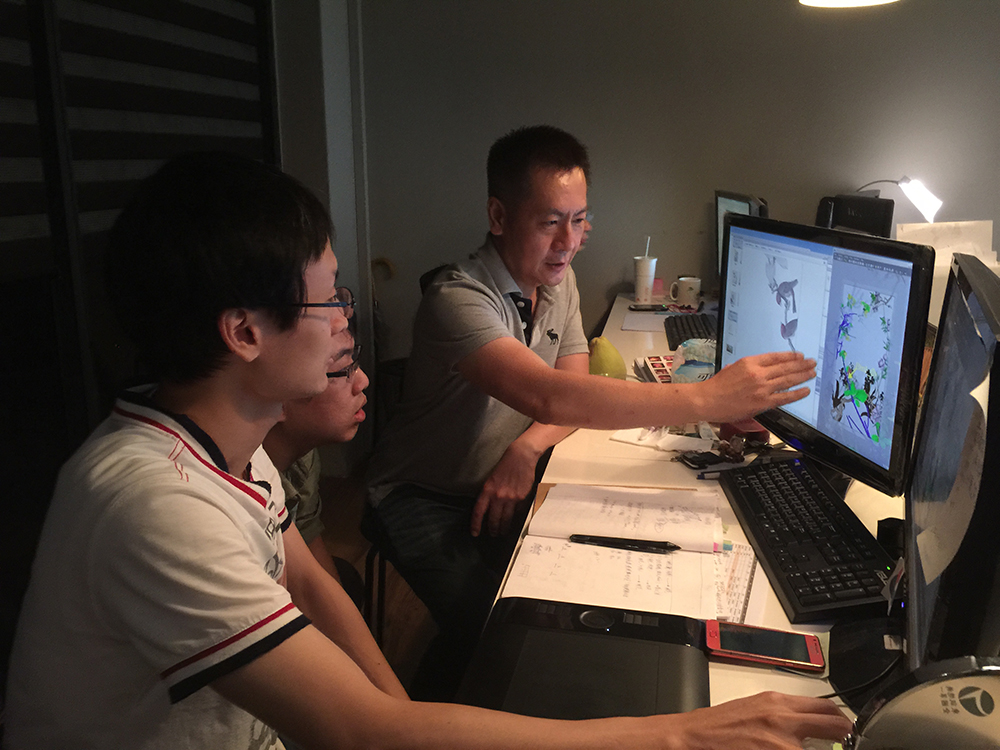 Director Wang Shiwei and the animation team discuss the visual presentation and individual scenes of "A Tour of the Imperial Garden."
Director Wang Shiwei and the animation team discuss the visual presentation and individual scenes of "A Tour of the Imperial Garden."
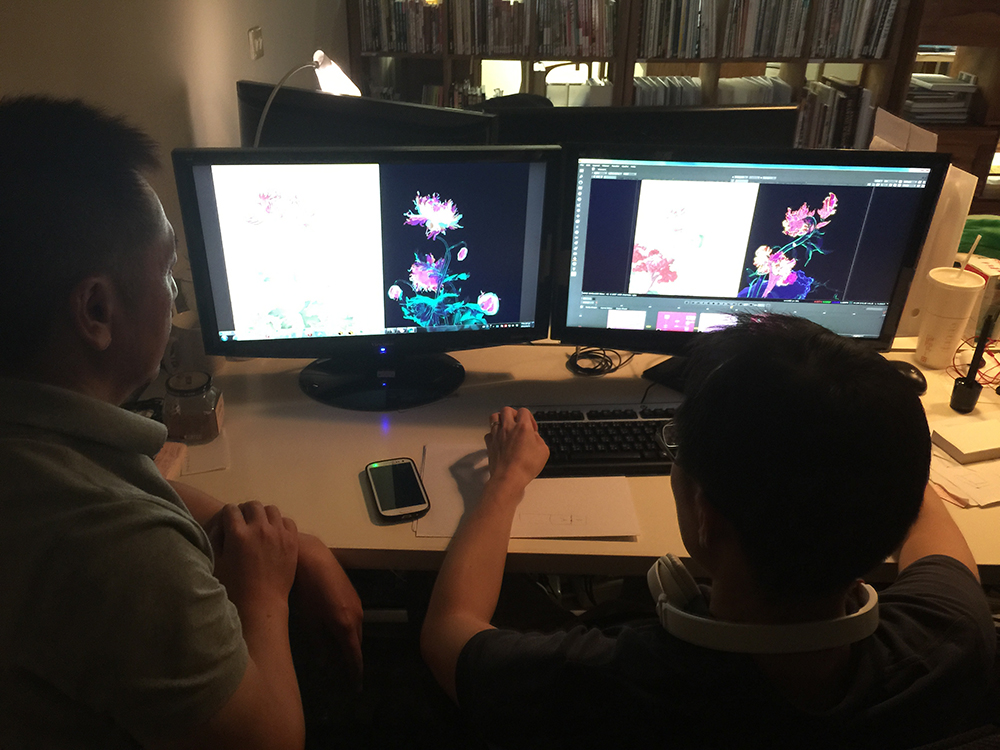 Director Wang Shiwei and the animation team discuss the special effects of "A Tour of the Imperial Garden."
Director Wang Shiwei and the animation team discuss the special effects of "A Tour of the Imperial Garden."
